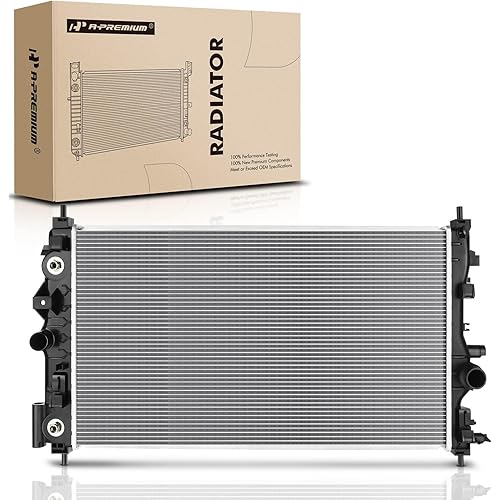


Buy Now, Pay Later
- – 6-month term
- – No impact on credit
- – Instant approval decision
- – Secure and straightforward checkout
Ready to go? Add this product to your cart and select a plan during checkout.
Payment plans are offered through our trusted finance partners Klarna, Affirm, Afterpay, Apple Pay, and PayTomorrow. No-credit-needed leasing options through Acima may also be available at checkout.
Learn more about financing & leasing here.
This item is eligible for return within 30 days of receipt
To qualify for a full refund, items must be returned in their original, unused condition. If an item is returned in a used, damaged, or materially different state, you may be granted a partial refund.
To initiate a return, please visit our Returns Center.
View our full returns policy here.
Features
- leading manufacturer of high-quality products
- international renown for our diverse range of award-winning products
- fully equipped with state-of-the-art technology
- all products have been designed with the professional in mind
- constantly modernizing our powerful devices to meet the demands of the modern user
- Fit type: Vehicle Specific
Description
ACDelco GM Original Equipment Radiators are GM-recommended replacements for your vehicles original components. Radiators are heat exchangers, typically located in the front of the vehicle where air can flow through the fins and dissipate heat. Modern radiators are made from aluminum and plastic, while older vehicles used copper and brass. These radiators are designed to be corrosion resistant with optimal heat transfer characteristics. These original equipment radiators have been manufactured to fit your GM vehicle, providing the same performance, durability, and service life you expect from General Motors.
Manufacturer: ACDelco
Brand: ACDelco
Model: ACDelco - Radiator (Slp-P1) (21499)
Item Weight: 10.47 pounds
Product Dimensions: 38.3 x 25 x 7.3 inches
Country of Origin: USA
Item model number: 21499
Manufacturer Part Number: 21499
OEM Part Number: 15193110
Date First Available: November 11, 2005
Frequently asked questions
To initiate a return, please visit our Returns Center.
View our full returns policy here.
- Klarna Financing
- Affirm Pay in 4
- Affirm Financing
- Afterpay Financing
- PayTomorrow Financing
- Financing through Apple Pay
Learn more about financing & leasing here.















![OAW Engine Water Pump for 95-05 Dodge Neon & 95-99 Chrysler Sebring Stratus Avenger Mitsubishi Eclipse [2.0L Naturally Aspirated] (CR4190)](https://m.media-amazon.com/images/I/51jH3Ujqk1L._AC_US500_.jpg)





